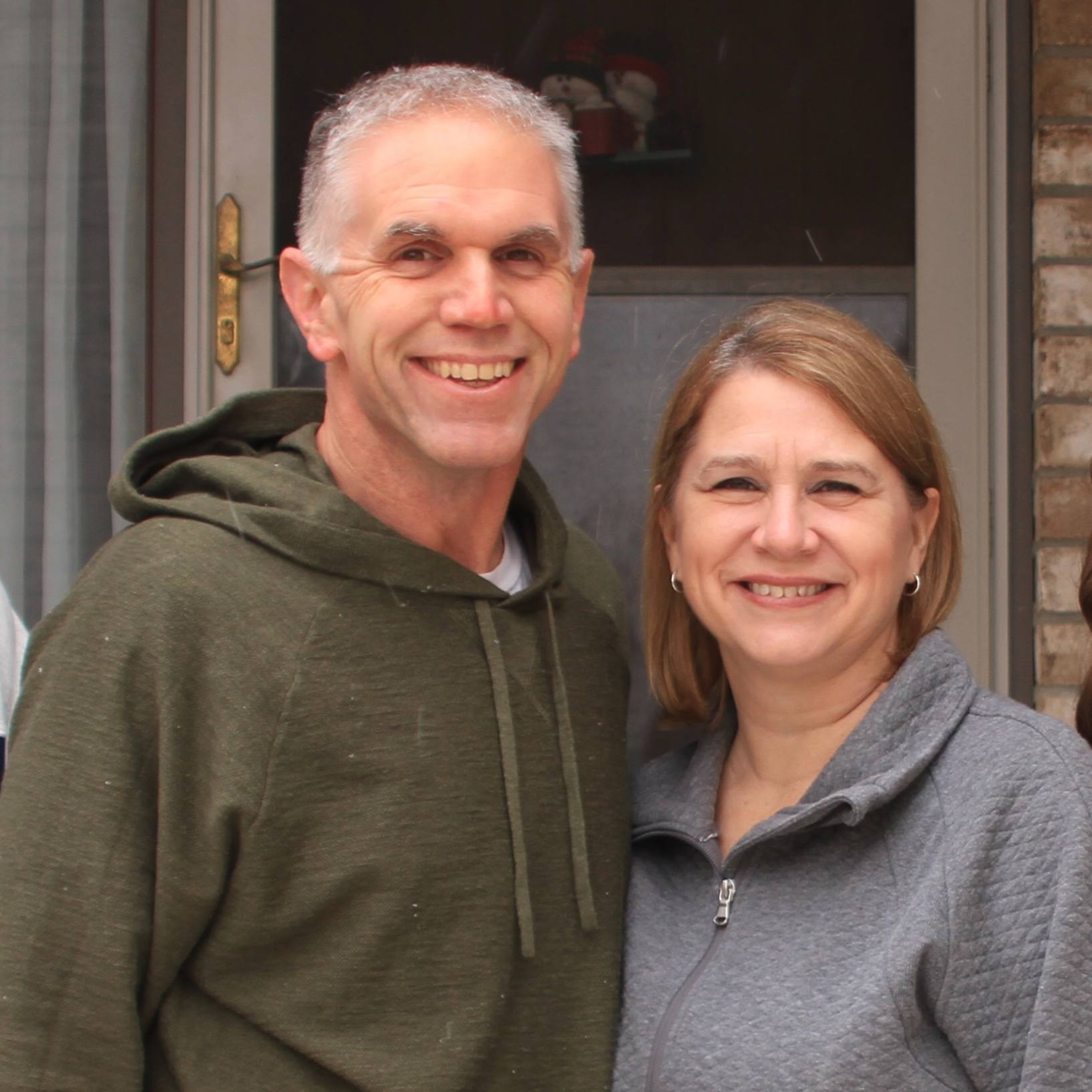-
Featured News
Mayo finds majority of opioid prescriptions are unused after surgery

Nearly a third of patients responding to a Mayo Clinic survey said they used none of the opioids they were prescribed after surgery. The research findings, presented in April at the American Surgical Association annual meeting, also show that only about 8 percent of patients disposed of their remaining opioids.
“This research provides a road map for physicians and surgical departments. It shows there are certain surgeries and types of patients who are likely receiving significantly more opioids than needed,” says Elizabeth Habermann, Ph.D., who is the senior author. Dr. Habermann is the Robert D. and Patricia E. Kern Scientific Director for Surgical Outcomes.
The researchers found that:
- At discharge, 92 percent of patients received an opioid prescription.
- Of the opioids prescribed, 63 percent went unused.
- Ninety percent of patients were satisfied with their pain control.
- Twenty-eight percent said they were prescribed too many opioids, while 8 percent said they were prescribed too few.
- The median amount of opioids consumed per patient equaled about six pills of 5-milligram oxycodone.
Thousands of patients were surveyed across Mayo Clinic’s three main sites for about a month after surgery. "We found that over a third of patients took zero opioids after surgery, and furthermore, of all the opioids prescribed, over 60 percent went unused," says Dr. Habermann. "And of those that were unused, fewer than 10 percent were disposed of appropriately. So that all concludes that many of our surgical prescriptions to our patients result in leftover opioids remaining in their homes."
"So patients were taking home half as many opioids as before, but the refill rate didn’t increase, and that shows us that patients were just fine with the amount that we were sending home at half the level." - Dr. Elizabeth Habermann
The number of opioids patients needed after discharge also varied significantly depending on the type of surgery. In addition, the findings identify factors that can help develop guidelines and optimize opioid prescriptions patients receive after surgery. Based on this research and the team’s previous findings, Mayo Clinic has implemented evidence-based opioid prescribing guidelines specific to surgical areas, beginning with the Department of Orthopedic Surgery. Dr. Habermann says orthopedic surgery is a high volume surgical specialty, which includes hip and knee replacement.
“We worked with orthopedics to look at a set of procedures and look at historical prescribing and now patient consumption data to develop procedure-specific prescribing guidelines, and they went live in late summer of 2017, and our initial data showed that the opioid prescribing dropped by half," says Dr. Habermman. "So patients were taking home half as many opioids as before, but the refill rate didn’t increase, and that shows us that patients were just fine with the amount that we were sending home at half the level.”
Watch: Dr. Habermann discusses opioid use after surgery.
Journalists: Broadcast-quality sound bites with Dr. Habermann are in the downloads.
The main target, according to Dr. Habermann, was to reduce the amount of leftover opioids and determine how to prescribe the correct amount. The researchers also suggest that the current one-size-fits-all maximums for opioid prescribing that are being advocated by many prescription drug plans and legislators to treat acute pain may not be in patients’ best interest.
"The biggest surprise from our survey data is that a third of our surgical patients took no opioids, and when we had been aiming to develop guidelines, we had been aiming to develop a certain number of pills for certain patients and procedures, maybe 5, 20, 40 pills," says Dr. Habermann. "But what we found from the survey is that there’s a real opportunity to prescribe zero opioids and encourage other methods of pain management for many surgical patients undergoing procedures here at Mayo Clinic."
Dr. Habermann says this means surgeons have traditionally been over-prescribing opioids to surgical patients and many of them are unused."So in the future surgeons are going to attempt to better tailor their prescriptions to the amount of opioids patients need so we can minimize how many opioids are left over,” says Dr. Habermann.
She adds that the U.S. Food & Drug Administration does approve of flushing unused opioids down the toilet, because of the misuse they present in our communities. Dr. Habermann says it’s better than keeping unused prescriptions in medicine cabinets or throwing them in the trash where they're easily accessed. However, she says what's really need are more take-back facilities.
The guidelines are available to other institutions interested in addressing opioid prescribing. "We definitely believe it’s important for each hospital to review its own opioid prescribing, if they have the resources, but we’re also making our developed guidelines available to others," says Dr. Habermann. "Through our journal publications, through Ask Mayo Expert, and through our Mayo Clinic Care Network, we're making our guidelines available."
See complete news release and to interview Dr. Habermann please contact Adam Harringa, Mayo Clinic Public Affairs, 507-284 5005, newsbureau@mayo.edu







